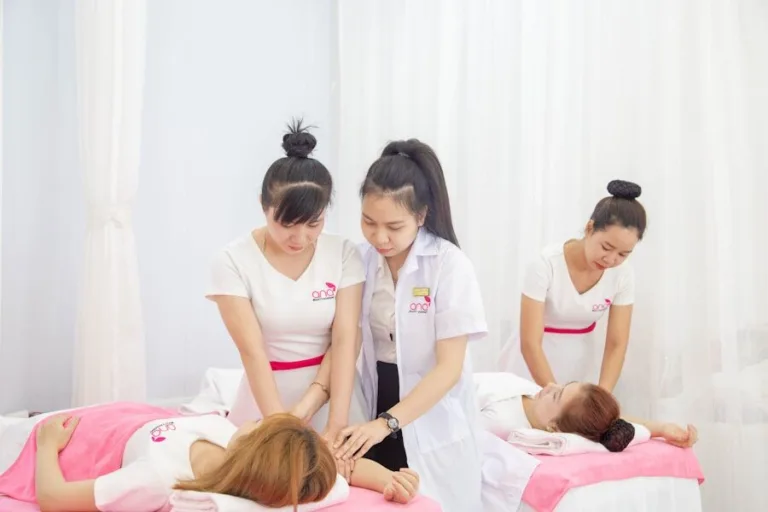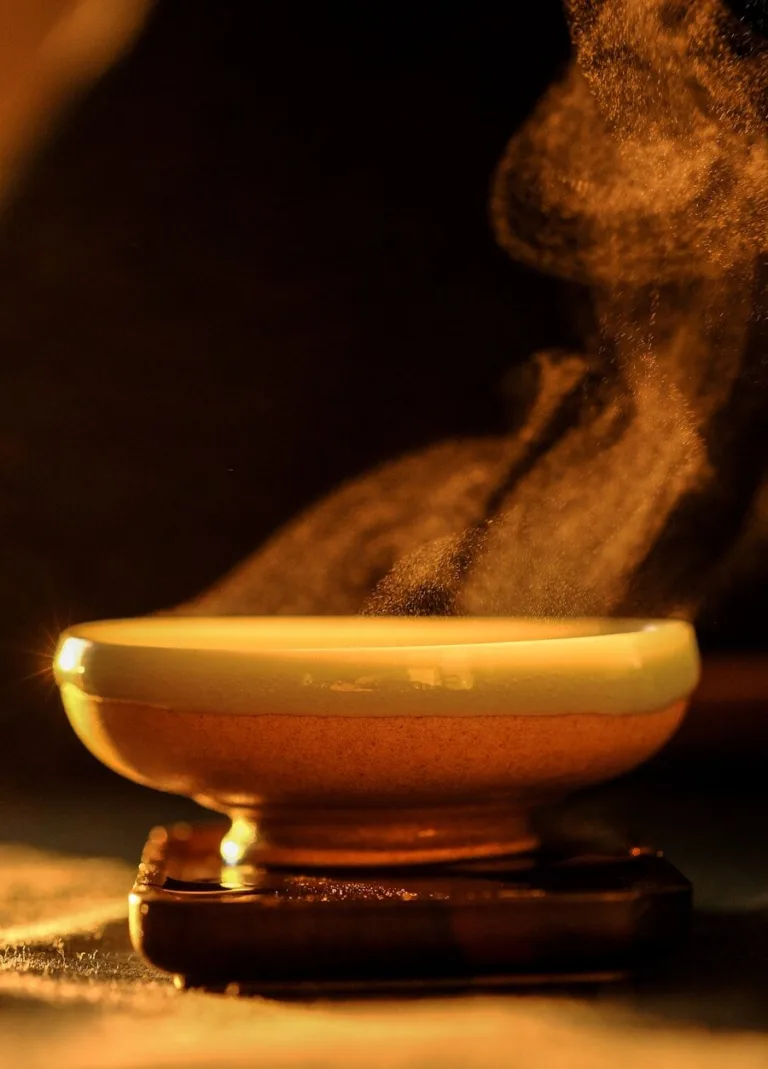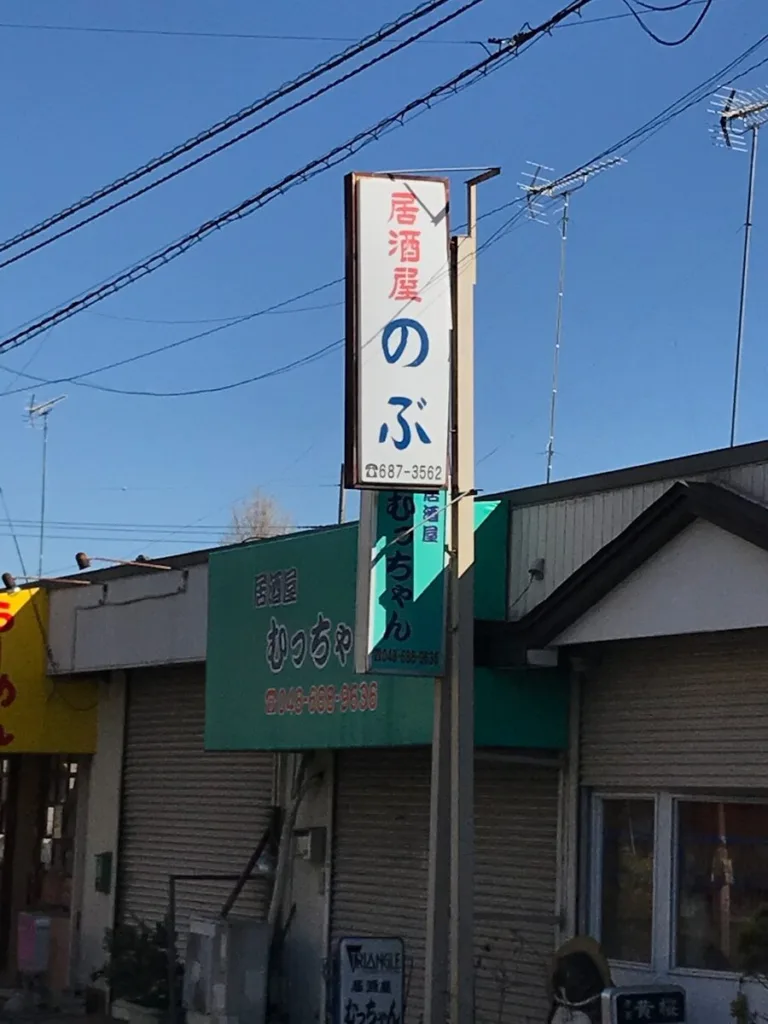Hot oil massage for hair is a time-honored practice that has been embraced across various cultures for its myriad benefits. The warmth of the oil not only enhances the absorption of nutrients but also promotes relaxation, making it a dual-purpose treatment for both hair and mind. One of the primary advantages of hot oil massage is its ability to deeply condition the hair.
The heat opens up the hair cuticles, allowing the oil to penetrate more effectively. This results in improved moisture retention, which is crucial for maintaining healthy, shiny hair. Additionally, hot oil treatments can help to reduce frizz and enhance manageability, making styling easier and more efficient.
Moreover, hot oil massage can significantly improve scalp health. A well-nourished scalp is essential for optimal hair growth, and the application of warm oil can stimulate blood circulation in the scalp. This increased blood flow delivers essential nutrients to hair follicles, promoting stronger and healthier hair growth.
Furthermore, many oils used in these treatments possess anti-inflammatory properties that can soothe an irritated scalp, reducing issues such as dandruff or itchiness. The combination of nourishment and stimulation makes hot oil massage a holistic approach to hair care that addresses both aesthetic and health-related concerns.
Key Takeaways
- Hot oil massage can help improve hair health by nourishing and moisturizing the scalp and hair strands.
- Different hair types require different oils, so it’s important to choose the right oil for your specific hair type.
- Preparing and applying the hot oil treatment involves heating the oil, sectioning the hair, and massaging the oil into the scalp and hair.
- Scalp massage during hot oil treatment is important for stimulating blood flow and promoting relaxation.
- To maximize the effectiveness of hot oil massage, cover your hair with a shower cap and leave the oil on for at least 30 minutes before rinsing.
- Hot oil massage can be used once a week for hair revitalization, but frequency may vary depending on individual hair needs.
- Incorporating hot oil massage into your hair care routine can help maintain healthy and nourished hair.
- Potential risks and precautions to consider with hot oil massage include ensuring the oil is not too hot and avoiding getting it in your eyes.
Choosing the Right Oil for Your Hair Type
Selecting the appropriate oil for your hot oil massage is crucial, as different oils cater to various hair types and concerns. For instance, coconut oil is renowned for its ability to penetrate the hair shaft due to its low molecular weight. It is particularly beneficial for those with dry or damaged hair, as it provides deep hydration and helps to repair split ends.
On the other hand, olive oil is rich in antioxidants and vitamins A and E, making it an excellent choice for those looking to add shine and softness to their hair. Its heavier consistency makes it ideal for thick or coarse hair types that require extra moisture. For individuals with fine or oily hair, lighter oils such as argan oil or jojoba oil may be more suitable.
Argan oil is celebrated for its lightweight texture and high content of essential fatty acids, which can nourish without weighing the hair down. Jojoba oil closely resembles the natural sebum produced by the scalp, making it an excellent choice for balancing oil production while providing hydration. Additionally, those with specific scalp issues may benefit from oils infused with essential oils like tea tree or lavender, which can help address dandruff or promote relaxation during the treatment.
Preparing and Applying the Hot Oil Treatment

Preparing a hot oil treatment requires careful attention to detail to ensure safety and effectiveness. Begin by selecting your chosen oil and measuring out an appropriate amount based on your hair length and thickness. Typically, two to four tablespoons should suffice for most individuals.
To heat the oil, place it in a small bowl and set it in a larger bowl filled with hot water, creating a gentle warming bath. This method prevents overheating, which can damage the beneficial properties of the oil. Alternatively, you can use a microwave; however, be cautious not to overheat it, as this can lead to burns.
Once the oil has reached a comfortable temperature—warm but not scalding—it’s time to apply it. Start by sectioning your hair into manageable parts to ensure even distribution. Using your fingertips or a small applicator bottle, apply the warm oil directly onto your scalp first, massaging it in with circular motions.
This not only helps with absorption but also enhances blood circulation. After thoroughly massaging the scalp, work the oil through the lengths of your hair, focusing on the ends where damage is often most pronounced. Once your hair is fully coated, consider wrapping it in a warm towel or using a shower cap to retain heat and maximize absorption.
The Importance of Scalp Massage in Hot Oil Treatment
| Benefits of Scalp Massage in Hot Oil Treatment | Details |
|---|---|
| Promotes Hair Growth | Stimulates hair follicles and increases blood circulation to the scalp. |
| Moisturizes the Scalp | Helps to nourish and hydrate the scalp, reducing dryness and flakiness. |
| Relieves Stress and Tension | Provides relaxation and reduces tension in the scalp muscles. |
| Improves Hair Texture | Enhances the overall health and appearance of the hair. |
| Enhances Product Absorption | Allows the hot oil treatment to penetrate the scalp and hair more effectively. |
The act of massaging the scalp during a hot oil treatment is not merely an optional step; it plays a pivotal role in enhancing the overall effectiveness of the treatment. Scalp massage stimulates blood circulation, which is vital for delivering oxygen and nutrients to hair follicles. Improved circulation can lead to healthier hair growth and may even help prevent hair loss over time.
The gentle pressure applied during the massage also helps to relieve tension in the scalp muscles, promoting relaxation and reducing stress levels. In addition to physical benefits, scalp massage can have psychological advantages as well. The soothing nature of this practice can create a calming experience that alleviates anxiety and promotes mental well-being.
Incorporating aromatherapy by using oils with calming scents—such as lavender or chamomile—can further enhance this experience. The combination of physical stimulation and aromatic therapy creates a holistic approach that nurtures both body and mind during your hot oil treatment.
Tips for Maximizing the Effectiveness of Hot Oil Massage
To truly harness the benefits of hot oil massage for your hair, consider implementing several strategies that can enhance its effectiveness. First and foremost, consistency is key; incorporating hot oil treatments into your regular hair care routine can yield significant long-term results. Aim to perform this treatment at least once every two weeks, adjusting frequency based on your hair’s specific needs and condition.
Another tip is to customize your treatment by adding other beneficial ingredients to your chosen oil. For example, mixing in a few drops of essential oils like rosemary or peppermint can provide additional stimulation to the scalp while also imparting delightful fragrances. Additionally, consider using a heat cap or warm towel during the treatment to maintain warmth longer, which will help the oil penetrate more deeply into the hair shaft.
Finally, after allowing the treatment to sit for at least 30 minutes (or longer if desired), be sure to wash your hair thoroughly with a gentle shampoo to remove any excess oil without stripping away moisture.
How Often Should You Use Hot Oil Massage for Hair Revitalization?

Hair Type and Condition Considerations
For those with dry or damaged hair, weekly treatments may be beneficial to restore moisture levels and repair damage effectively. On the other hand, individuals with oily or fine hair may find that bi-weekly treatments are sufficient to avoid weighing their hair down while still reaping the benefits of nourishment and hydration.
Listening to Your Hair’s Needs
It’s also important to listen to your hair’s needs; if you notice increased dryness or brittleness, consider increasing the frequency of treatments until you achieve desired results. Conversely, if your scalp feels overly oily or heavy after treatments, you may want to reduce frequency or switch to lighter oils that won’t weigh down your strands.
Finding the Right Balance
Ultimately, finding a balance that works for you will ensure that you maximize the revitalizing effects of hot oil massage while maintaining healthy hair.
Incorporating Hot Oil Massage into Your Hair Care Routine
Integrating hot oil massage into your existing hair care regimen can be seamless with a few simple adjustments. Start by designating specific days for your hot oil treatments; perhaps choose a day when you have more time to relax at home. This could be during a self-care Sunday or any day when you can dedicate an hour or so to pampering yourself.
In addition to scheduling treatments, consider pairing them with other beneficial practices such as deep conditioning masks or gentle exfoliation of the scalp using natural scrubs made from sugar or coffee grounds. This combination can enhance overall scalp health while ensuring that your hair receives maximum nourishment from both treatments. Furthermore, keep track of how your hair responds over time; maintaining a journal can help you identify patterns in how often you should perform hot oil massages based on seasonal changes or shifts in your lifestyle.
Potential Risks and Precautions to Consider with Hot Oil Massage
While hot oil massage offers numerous benefits for hair health, there are potential risks and precautions that should not be overlooked. One primary concern is the risk of burns from overly hot oil; always test the temperature before applying it directly to your scalp or hair. If using a microwave for heating, ensure that you stir the oil well after heating to distribute heat evenly and avoid hot spots.
Additionally, individuals with sensitive skin or allergies should perform a patch test before applying any new oils extensively. Apply a small amount of diluted oil on a discreet area of skin and wait 24 hours to check for any adverse reactions before proceeding with a full treatment. It’s also advisable to avoid using oils that may clog pores if you have acne-prone skin on your scalp; lighter oils are generally safer in such cases.
Lastly, while hot oil treatments can be beneficial for many people, they may not be suitable for everyone—especially those with certain medical conditions affecting their skin or scalp health. Consulting with a healthcare professional or dermatologist before starting any new treatment regimen is always wise if you have concerns about how hot oil massage may affect you personally.
If you’re interested in learning more about the benefits of a full body massage, check out this article on 10 Benefits of a Full Body Massage You Didn’t Know About. It discusses how massages can improve circulation, reduce stress, and promote relaxation. Another great option for stress relief is a hot stone massage, which you can read about in this article on Hot Stone Massage: The Secret to Stress Relief. For more spa insights and tips, be sure to visit here.






